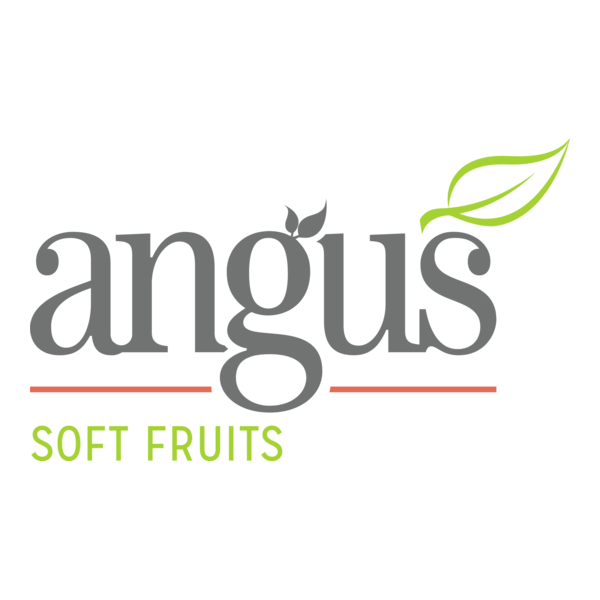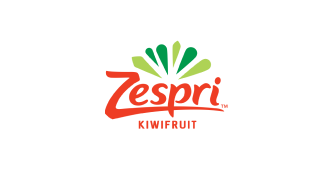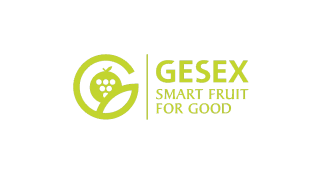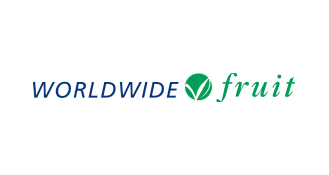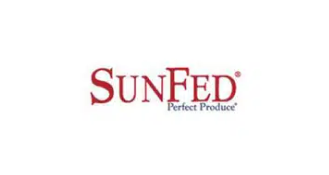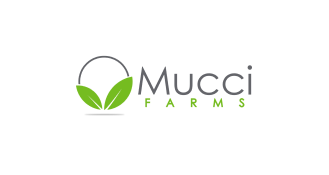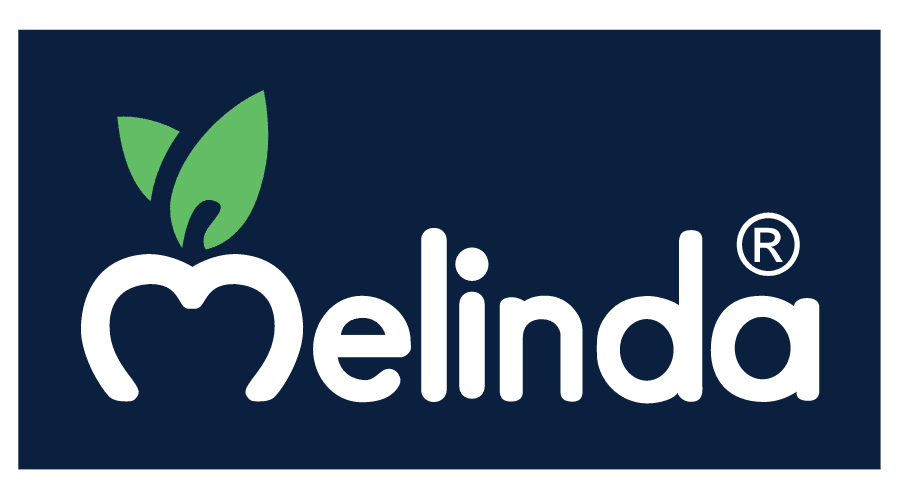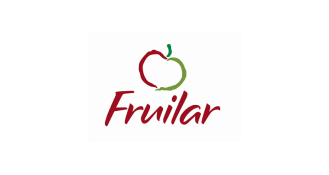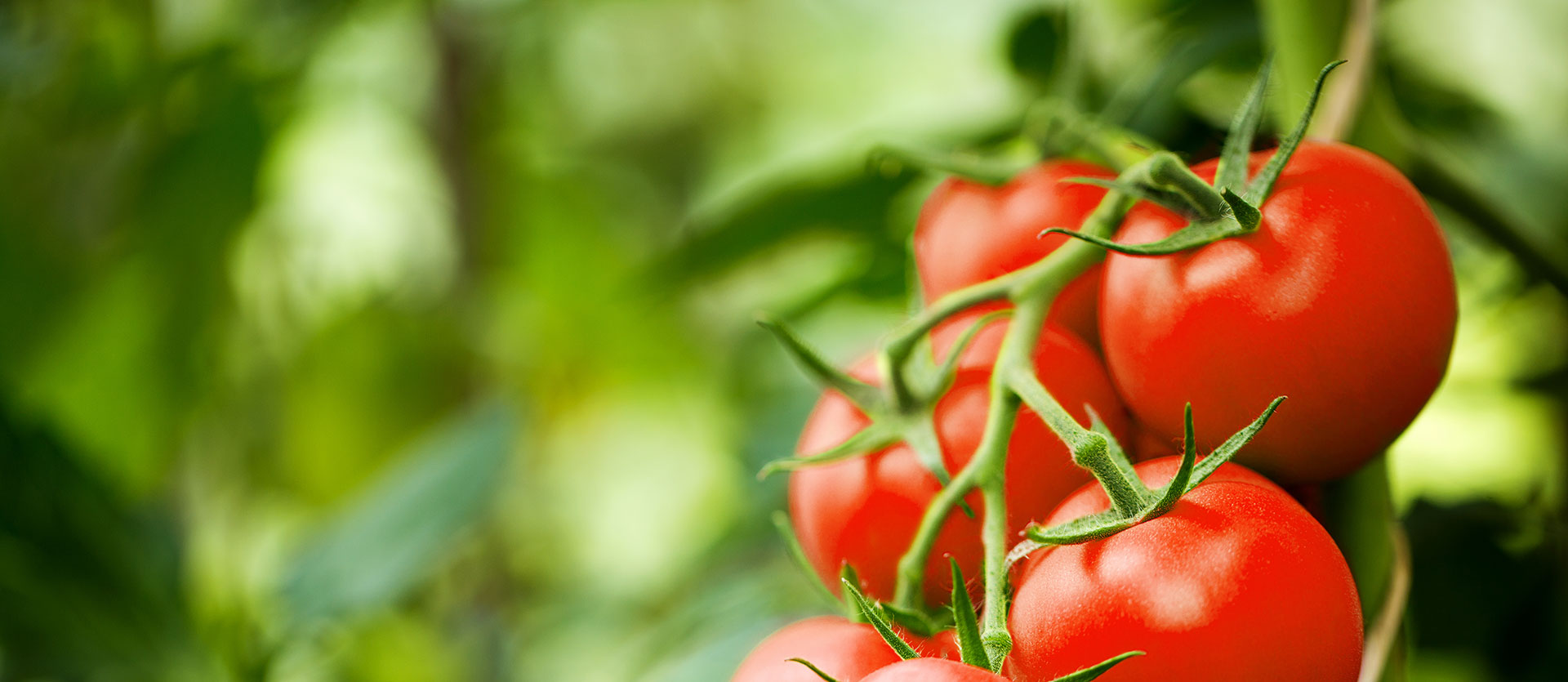
Tomatoes
The Importance of Vegetable Quality Control & Testing for Tomatoes
Optimizing tomato quality evaluation is essential for everyone in the value chain, from growers and pickers, to warehouses, retailers, and anyone else in between. Without creating a consistent vegetables quality control & testing or quality control process that can be relied on, businesses are left unable to recoup their costs, or are held ransom by the threat of rejections or price renegotiations.
Common Tomato Defects
-
Handling Damage
Tomatoes should be removed from the plant with a gentle twisting motion. Rough handling can cause defects or a drop in the tomato standard. -
Dehydration
When a tomato plant is either under- or over-watered, it may develop yellow leaves or look wilted. This can cause damage to the fruit, such as shriveled skin caused from dehydration, or cracked skin caused from over-watering. -
Pests
Various insects and worms can cause damage to tomato plants from root to fruit, and not all of these problems can be spotted immediately. -
Skin Defects
There could be as many potential skin defects on a tomato fruit as there are varieties of tomatoes! Skin cracks, scars, healed wounds, low color, green shoulders, and the list goes on. How many could you identify alone? -
Bruising
While tomato ripeness is desired, there is more potential for bruising when handling ripe tomatoes. This can also have a direct impact on tomato standard and quality. -
Open Wounds
During the process of growth or mishandling, cracks or half-formed fruit can develop wounds. This can then cause problems such as internally sprouting seeds, water loss, or black mold. -
Decay
Blossom end rot can come from a variety of sources, such as a lack of calcium balance in the tissue of the tomato. Over time, the area can also turn dark brown or leathery.
 Interesting Facts about Tomatoes
Interesting Facts about Tomatoes
- Tomatoes are ranked as the most consumed fruit worldwide (yes, they are actually a fruit).
- Approximately 5 million hectares of tomatoes have been planted all over the world.
- On average, 3.7 kilos per square meter are harvested from that acreage.
- The five biggest producers of tomatoes are China, India, United States, Turkey, and Egypt.
- The five biggest exporters of tomatoes are Mexico, the Netherlands, Spain, Morocco, and Canada. Mexico exports approximately 1.5 million tons of tomatoes annually, and over half (52%) of the tomatoes consumed in the US come from Mexico.
- While India is the second biggest producer of tomatoes in the world, its yield is actually relatively low (less than 2.5 kg per square meter). This contrasts sharply with the yields that growers achieve in the US (9.03 kg/m2), Spain (8.62 kg/m2), and Morocco (8.08 kg/m2). The Dutch yield stands head-and-shoulders above the rest of the world, with an average of 50.7 kg/m2.
Common Tomato Attributes for Tomato Quality Evaluation
- Color
- Diameter
- Degrees Brix
- Stem Color
- Firmness
The Clarifresh platform also integrates with 3rd-party technology to evaluate external tomato attributes. Learn more here.


